Most visitors to this part of Jaén province will be hurrying between the great cities of Córdoba and Granada and will barely notice the magnificent fortress and church on a prominent hill called La Mota just two kilometres north of the N432 road. A few will make a note to discover Alcalá la Real and, like us, wish they had made the effort much earlier.
By Nick Nutter | Updated 8 Sep 2022 | Jaén | Villages |
Login to add to YOUR Favourites or Read Later
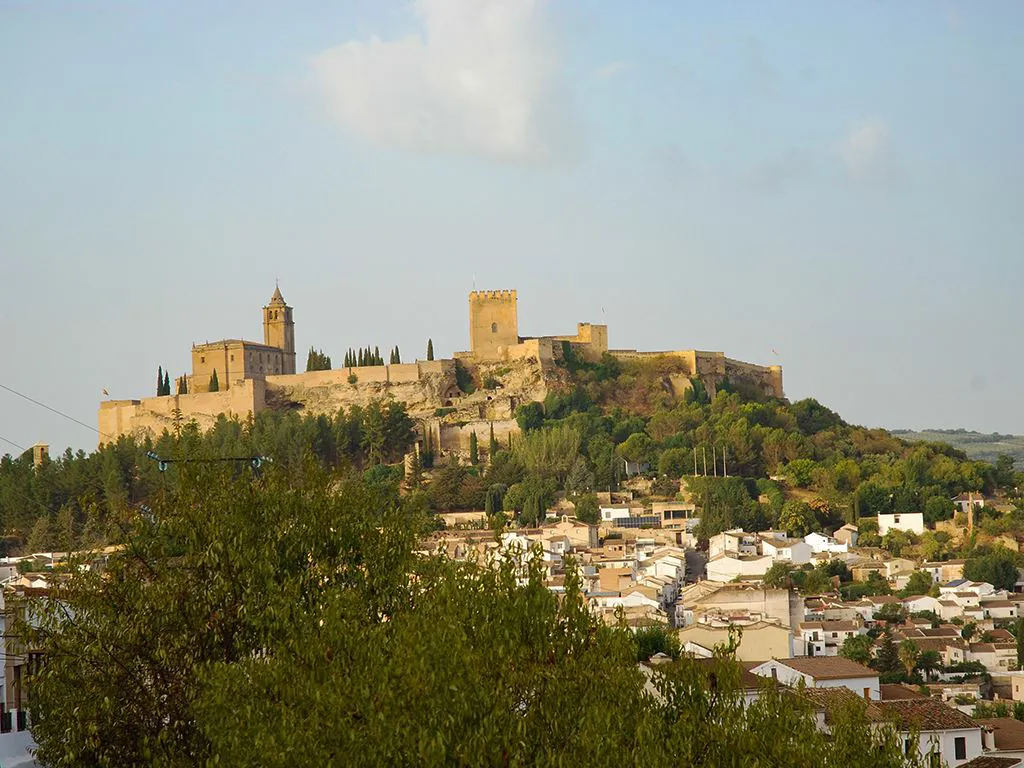
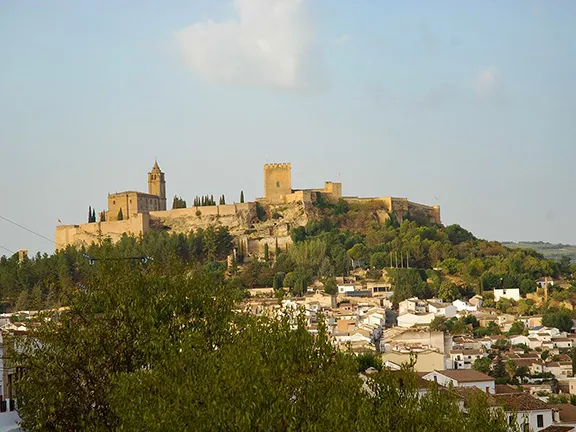
Alcalá la Real
The N432 road follows a natural route northwest from Granada, over a pass in the Sierra Sur and down the valley of the Rio Guadajoz into the wide valley of the Rio Guadalquivir and thence to Córdoba. Near the highest point of the pass, just over 900 metres above sea level, is the strategically placed town of Alcalá la Real.
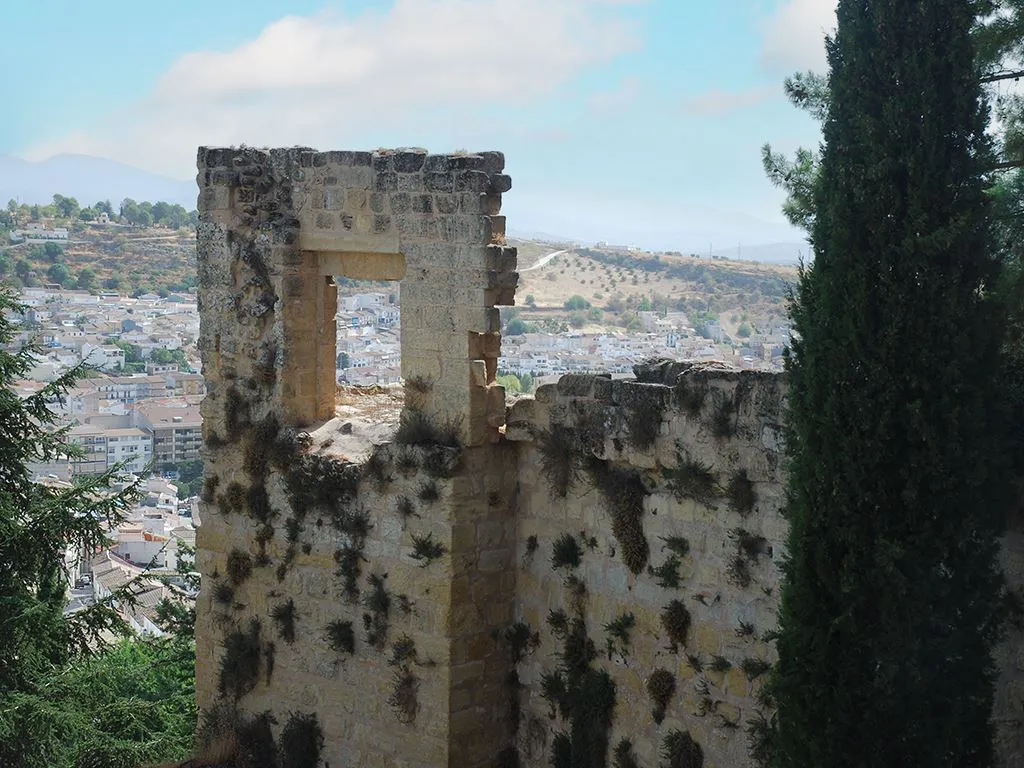
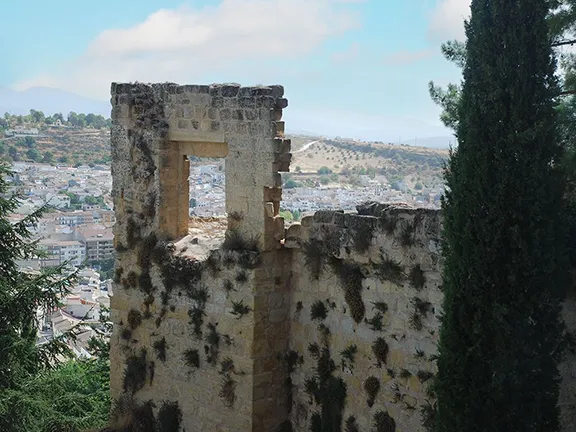
Fortaleza de la Mota
The city of Granada, capital of the Emirate of Granada, is just 20 kilometres southeast of the ramparts of Fortaleza de la Mota, the impressive fortress that overlooks Alcalá la Real. From the Torre del Homage the smoke over Granada city, hidden in a depression behind a ridge, would be clearly visible with the snow-capped mountains of the Sierra Nevada as a backdrop. For the Christian troops that guarded those ramparts for 150 years it was as close as they were going to get to the centre of the Emirate. Conquered in 1341, Alcalá la Real would be on the uneasy border between the Muslim Emirate of Granada and the Christian Kingdom of Castille until Granada was finally taken by Ferdinand and Isabella in 1492.
The strategic importance of La Mota was realised at least by the Romans and possibly by the Iberians but it was the Muslims who set about protecting the area, not from Christian incursions as you might expect, but from raids made by Vikings and Normans. After 713 AD, they built a series of 15 watchtowers on the ridges surrounding La Mota. The tower on La Mota was called Qalat, which means ‘fortified city’.
By 1000 AD, the Christians were taking advantage of squabbles between the Arabic elite of al-Andalus and, as al-Andalus splintered into 33 separate taifas, each ruled by an independent ‘king’, the Christian armies were becoming a serious threat to the Muslim occupied cities, towns and territories. Qalat was strengthened and became an alcazar that defended and supported a small settlement within its walls. During the 12th century, Qalat was governed by the Banu Said family and became known as Qalat Banu Said.
On the 15th August 1341, Alfonso XI of Castile conquered the stronghold. On the very outskirts of the Emirate of Granada, the town was of immediate importance and Alfonso bestowed upon it the title of Real (Royal). Under the Christians, the fortified and defended area expanded until there were a series of defending walls with three towers and no less than seven gateways. Within the walls a Mediaeval market town thrived. Alcalá la Real was elevated to city status in 1432 by King John II and it continued to be a bastion, preventing any threat of Emirate expansion to the north. King Henry IV of Spain bestowed the title of "noble and loyal" on the town.
In 1492, Granada was finally reconquered and the need to sustain a stronghold at Alcalá la Real diminished. Ferdinand and Isabella, the Catholic monarchs, granted Alcalá la Real the title of "Key, guardian and defence of the kingdoms of Castile". The key became part of the town’s emblem.
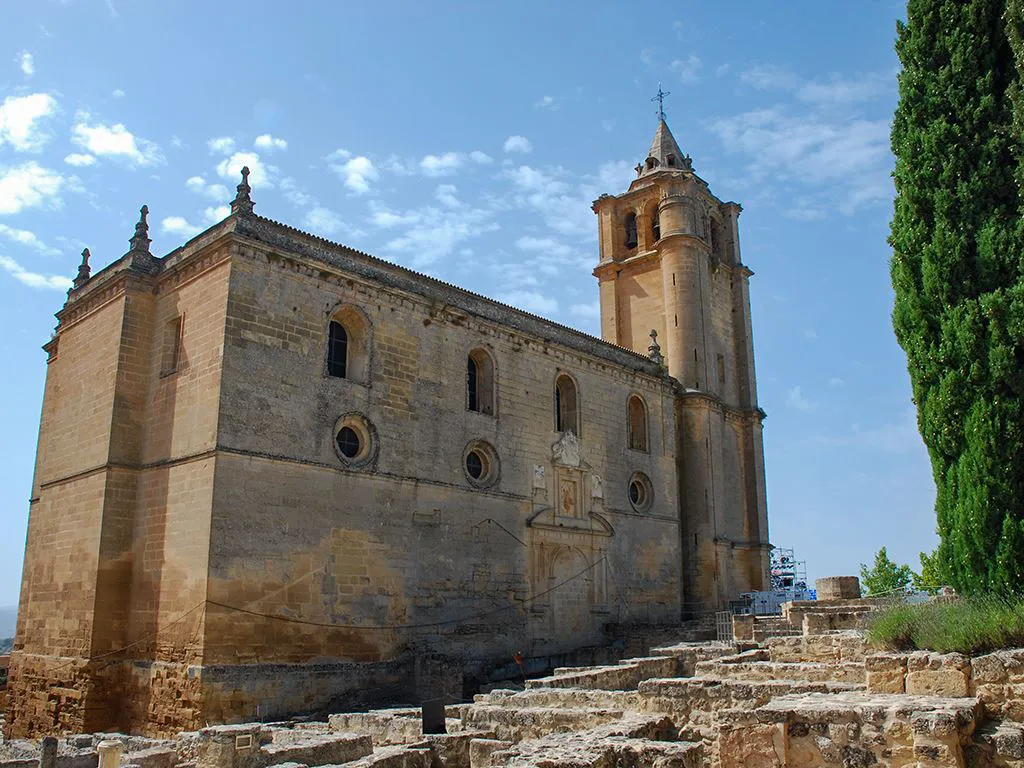
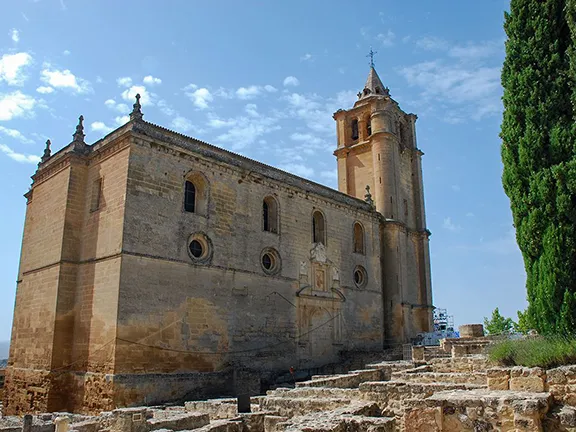
Iglesia Mayor Abacial
Between 1530 and 1627 the monumental Gothic and Plateresque style church, Iglesia Mayor Abacial was built within the walls of La Mota. Its bulk is a landmark seen from kilometres around to this day.
With the Muslim threat to its population eliminated, the citizens of Alcalá la Real started to abandon the castle and settle on the slope beneath the castle walls during the 17th century. Gradually the town expanded until it covered the plain below La Mota and then the slopes of Cerro de Las Cruces, a hill to the east of La Mota. Several grand buildings were constructed over the following couple of hundred years.

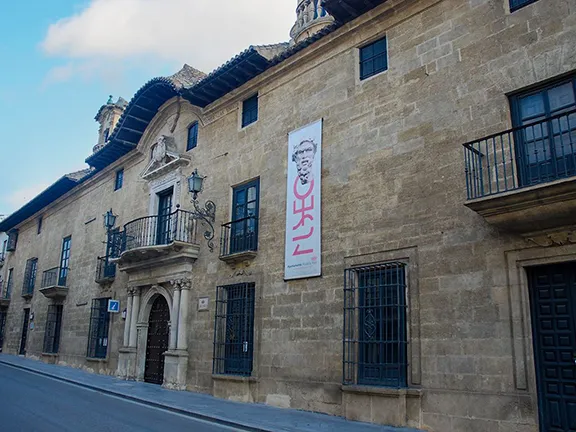
Palacio Abacial Archaeological Museum
In 1781, abbot Esteban Lorenzo de Mendoza y Gatica abandoned his by now crumbling palace on La Mota and knocked three houses together in the developing town on the plain. The resulting Palacio Abacial served its purpose until 1851 when it became another victim of the ‘Spanish Confiscation’. The building passed through a number of municipal hands until it was restored between 1995 and 1999 and opened as the Municipal Archaeological Museum.
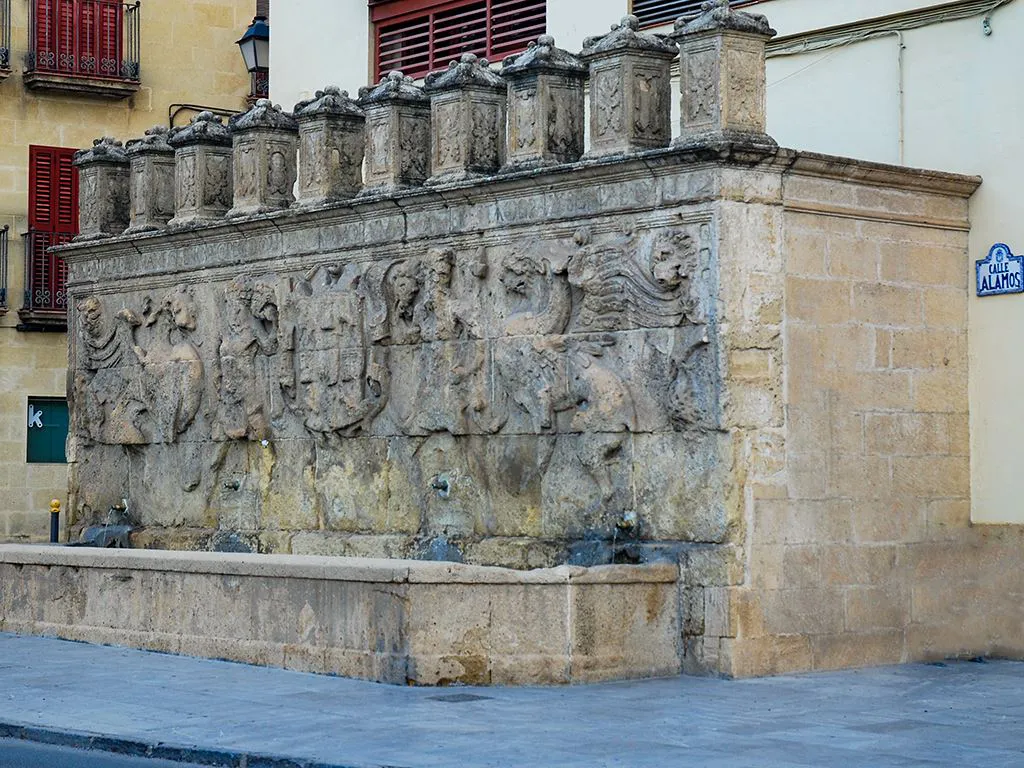
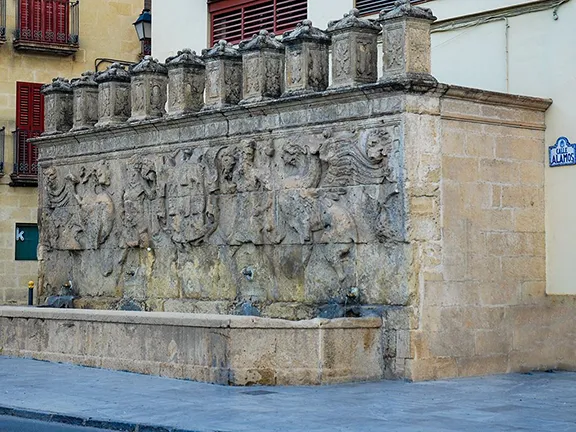
Pilar de los Alamos
Probably the oldest, ‘modern’ construction in the town, the Pilar de los Alamos is a fountain, originally built in 1552. It depicts two citizens holding the shield of the town protected by two winged animals that have the head of a lion and the body of a dragon, symbolising the defence of the town.
The Church and Convent of the Incarnation was established in La Mota in 1588 and moved to its present location within the town in 1602.
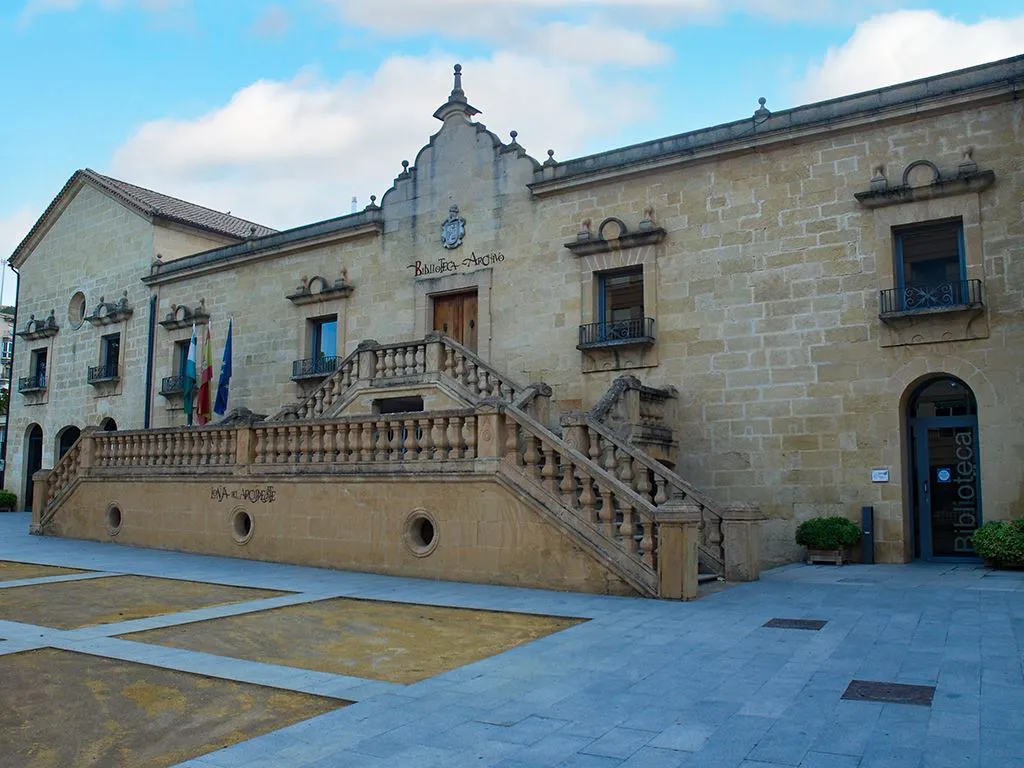

Antiguo Convento de Capuchinos
The Convent of the Capuchinos was originally built in the 17th century and its façade was largely remodelled in the early 20th century. The Convent was a victim of the ‘Spanish Confiscation’ in 1835: a government initiative, that started in the late 18th century and continued until 1924, to expropriate land and wealth held by the Catholic church to pay off the national debt. The Convent of the Capuchinos is now the home of the Historical Archives and the Public Library.
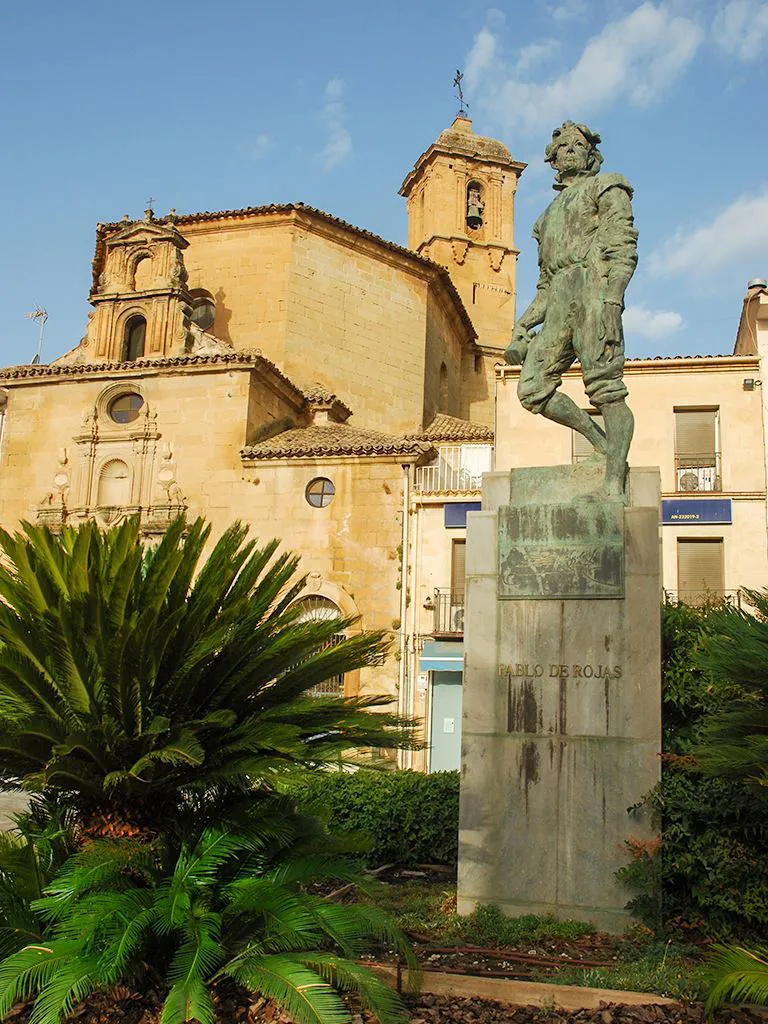
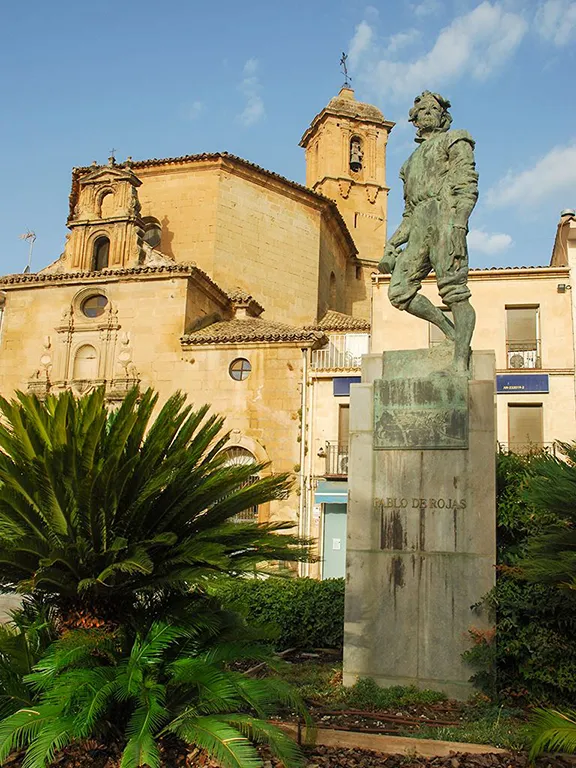
Iglesia de San Antón
During the 18th century, the Church of San Antón was built on the site of a 16th century hermitage. It is opposite the Pilar de los Alamos. The statue in front of the church is that of Pablo de Rojas, a 16th century sculptor born in Alcalá la Real in 1549, who worked on many of the religious statues now displayed in cathedrals and churches throughout Spain. Pablo de Rojas is famous for creating the statues and then leaving them blank for his students to paint.
The Ayuntamiento was purpose built in 1733 at the head of a public square.
Built between 1747 and 1785, this church is modelled on the Tabernacle at the Cathedral of Jaén and displays a style midway between baroque and neoclassical.
The Fortaleza de la Mota and the town of Alcalá la Real was briefly re-occupied between 1810 and 1812 when the French occupied the area during the Peninsular War. When they left, the interior of Iglesia Mayor Abacial was destroyed by fire.
This church is also known by the name of Santa María la Mayor, since it was the new Headquarters of the Iglesia Mayor Abbacial de la Fortaleza de la Mota, becoming the main church of the city after the desecration and destruction of the previous church in 1812.
The town grew around the religious buildings all now in the historic centre and the large park bounded by the Iglesia de San Anton, the Pilar de los Alamos and the Convento de Capuchinos. It is a decidedly Spanish mediaeval place with narrow ornate balconies overhanging the streets. The more recent part of town to the west is a mix of shops, boutiques, restaurants, cafes and apartments.
You are spoilt for choice, there are bars and cafes on every street and in every plaza and not a few restaurants scattered about. We were pleased to have stayed two nights in Alcalá la Real which gave us a full day to explore the castle, museum and town and chance to try a couple of the restaurants. We had a great tapas experience for lunch at Casa Montanes el Parque, introducing ourselves to some of the local dishes including a rough pate that strongly resembled haggis. We were so taken with the place that we returned for dinner. A short distance away on Avenida de Andalucia, an unremarkable looking café bar served us with a whole Calamari a la Plancha dressed with local olive oil, garlic and parsley that must be one of the finest calamari dishes I have ever tasted.
At the east end of the old town is an archaeological site signposted Domus Herculana. The site is an open site in the middle of a modern construction, the Social Centre of Tejuela. Back in the late 19th century a white marble sculpture representing Hercules was found nearby. The statue remained in private hands until 1925 and now resides in the National Archaeological Museum in Madrid. There is also a replica in the Palacio Abacial Museum. In 2007, during the building of the social centre, the head of a faun was discovered along with another, smaller statue of Hercules accompanied by Cerbus, the monstrous three headed dog with the tail of a serpent, guardian of Hades. Both these items are in the local museum. The domus was occupied from the 1st century AD until the end of the Roman era in the 4th century. A domus was much more than a dwelling, it also served as a religious centre. It is thought that the domus in Alcalá la Real was devoted to Hercules and that much more of it exists beneath surrounding buildings. The domus is supposed to be open to visitors from 9am until 2pm Monday to Friday but do not be surprised if you find it closed.